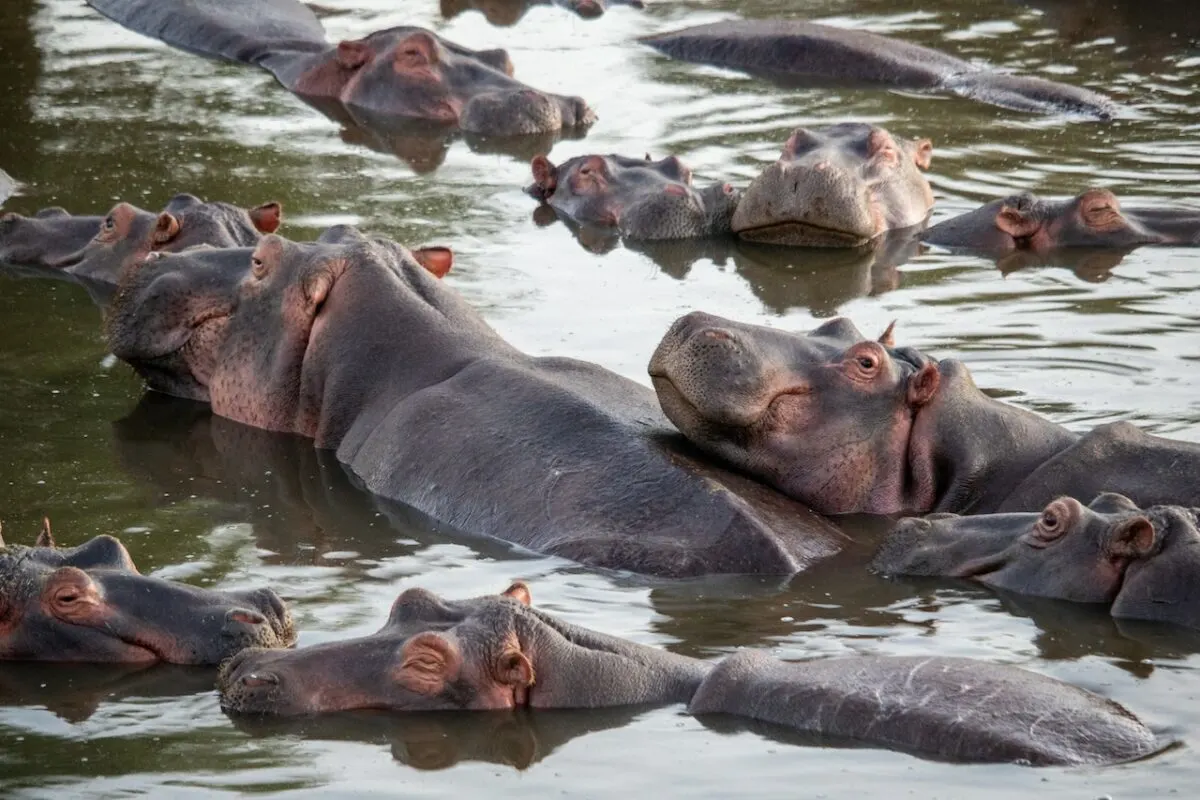In this post we’re going to compare two enormous land animals that reign on the African savannah: the hippo vs. elephant!

On the African Savanna, two colossal titans reign supreme – the hippopotamus and the elephant. These majestic creatures are known for their impressive size, strength, and unique features that set them apart from other animals. But when it comes to a battle between the two, who do you think would be crowned the winner?
Before you jump to any conclusions, let’s get to know both of these giants a little bit better. In order to make an educated guess, we’re going to have to know much more about their physical traits, habitats, behaviors, and diets.
Let’s explore the characteristics and skills of both animals to see who reigns supreme in the ultimate showdown: Hippo vs. Elephant!
Comparison Table
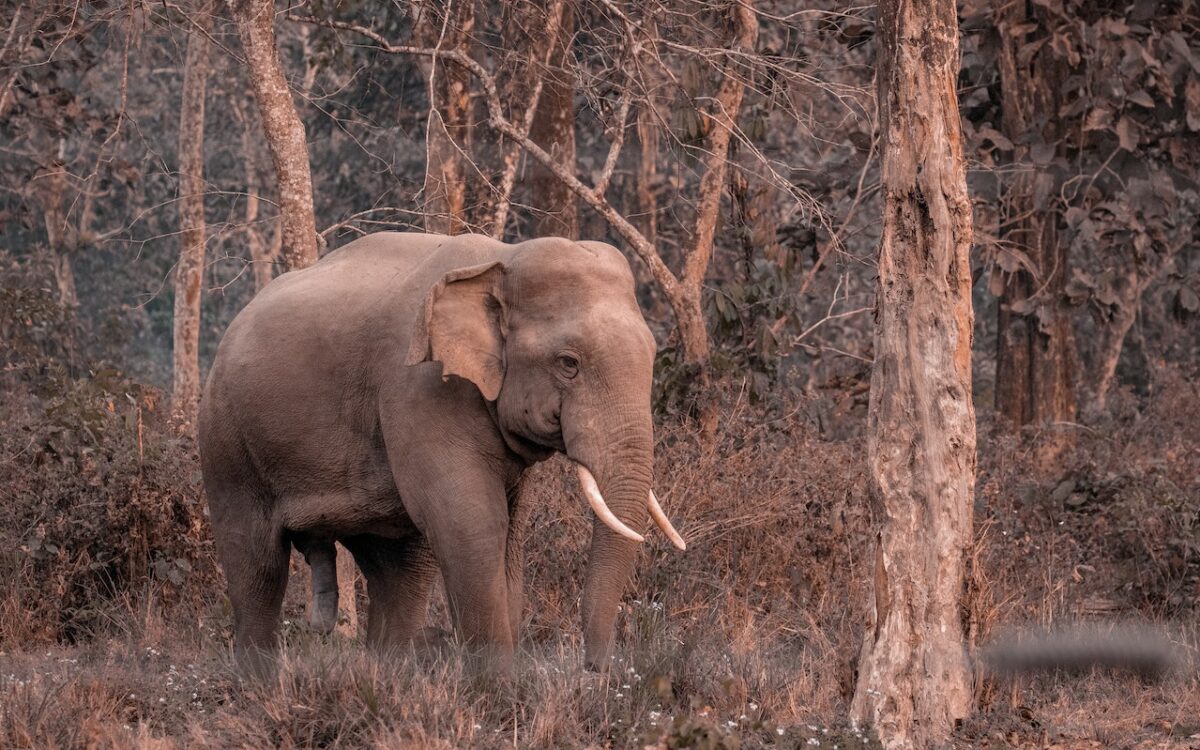
| Hippopotamus | Elephant | |
| Species Classification | Hippopotamidae | Elephantidae |
| Size | 9-16 feet in length, 3,500-9,920 pounds in weight | African elephants: 10 feet in length, 13,200 pounds in weight; Asian elephants: 12 feet in length, 5,900 and 12,000 pounds in weight |
| Habitat | Found in sub-Saharan Africa, near water sources | Found in Africa and Asia, in a variety of habitats from forests to savannas |
| Diet | Herbivorous, primarily grass and vegetation | Herbivorous, primarily grass, vegetation, and bark |
| Social Behavior | Solitary or in small groups, territorial | Live in family groups led by matriarchs |
| Intelligence | Highly intelligent, capable of learning and communication | Highly intelligent, capable of learning and communication |
| Physical Abilities | Can run up to 19 mph and swim well | Strong, with a prehensile trunk and tusks used for defense and feeding |
| Lifespan | 40-50 years in the wild, up to 60 years in captivity | African elephants: 60-70 years in the wild, up to 70 years in captivity; Asian elephants: 60-80 years in the wild, up to 60 years in captivity |
| Threat to Humans | Can be aggressive and dangerous, responsible for more human deaths in Africa than any other large animal | Can be dangerous if threatened, but usually avoid human conflict |
| Conservation Status | Vulnerable, with decreasing populations due to habitat loss and poaching | African elephants: vulnerable to endangered, depending on the species; Asian elephants: endangered |
Characteristics of the Hippopotamus
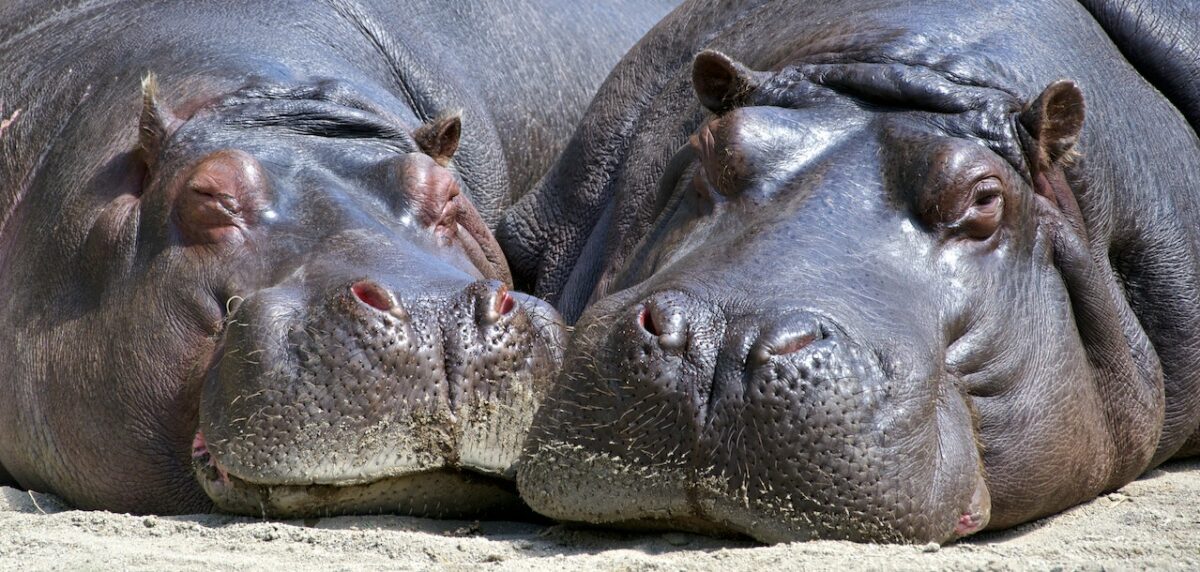
The hippopotamus, known for its massive size and seemingly docile demeanor, is one of the most dangerous animals in Africa. Despite their cute looks, hippos are responsible for numerous human fatalities each year.
Physical Appearance and Size
Regarding physical appearance, hippos are quite distinctive. They have barrel-shaped bodies with short legs, broad, flat heads with large mouths that can open up to four feet wide, and tiny ears and eyes set high on their head. Adult hippos can weigh between 3,000 to 4,500 pounds and stand up to 5 feet tall at the shoulder, making them one of the largest land animals in the world.
Habitat and Behavior
Hippos are most commonly found in large rivers, lakes, and swamps throughout sub-Saharan Africa. They are social animals typically found living in groups of 10-20 individuals, each with a dominant male. Hippos are predominantly nocturnal creatures and usually venture out of the water only at night to look for grass and other vegetation to feed on.
Although they appear heavy and slow, hippos are surprisingly swift runners on land and in water. They are also recognized for their exceptionally strong jaws, capable of easily crushing not only humans but also crocodiles. Interestingly, hippos have a secretion that acts as a natural sunscreen and can also kill harmful bacteria, making them less susceptible to sunburn and infection.
Diet and Eating Habits
Regarding their diet, hippos are herbivores and feed primarily on grass and other plant matter. They consume up to 80 pounds of vegetation daily, using their massive jaws to chomp down on tough grasses and reeds. Because of their diet, hippos are also important ecosystems, helping to keep waterways clear of invasive plant species.
Learn more about What do hippos eat? The Hippo Diet explained!
Characteristics of the Elephant
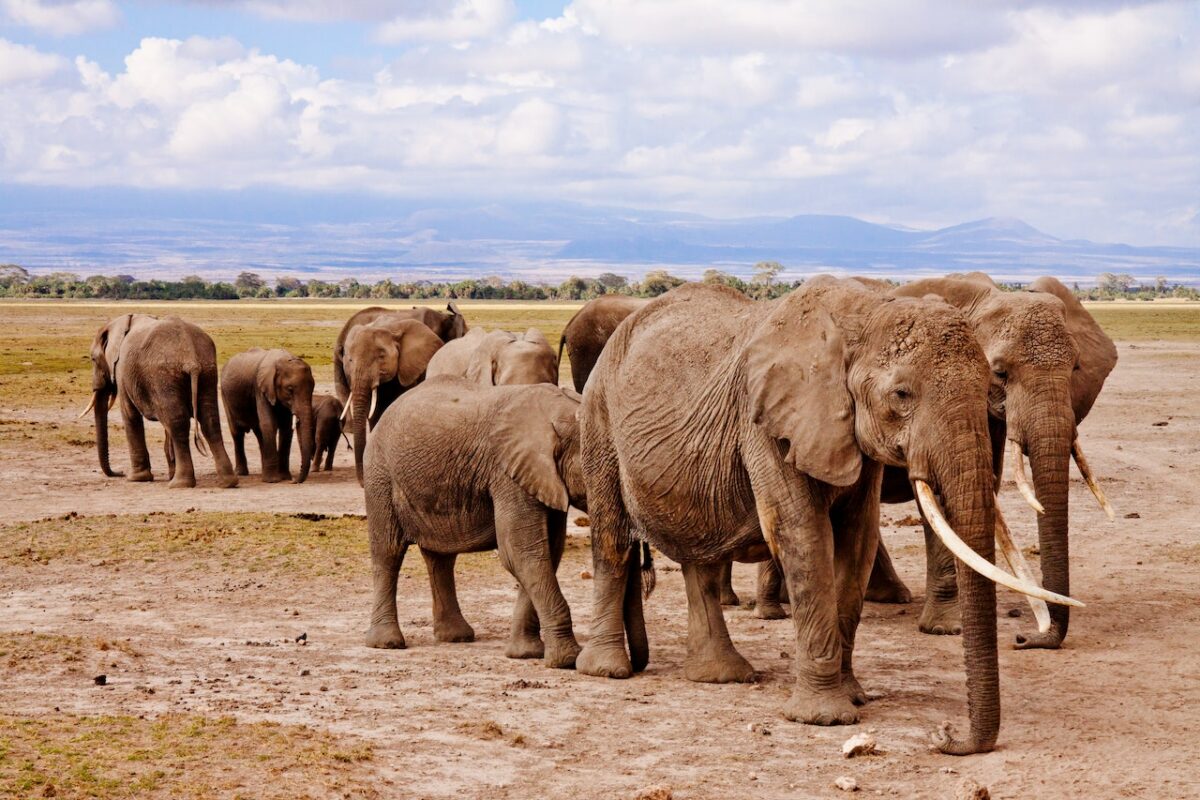
Physical Appearance and Size
The elephant is widely recognized as the biggest terrestrial animal, and the African elephant is the largest of the two species. Adult male elephants can grow up to 13 feet tall and weigh as much as 14,000 pounds. Females are somewhat smaller but still extremely impressive.
Their most noticeable feature is their long, curved ivory tusks, which can exceed three feet. To regulate their body temperature, elephants have enormous ears, and their trunks function as a combination of their nose and upper lip.
Habitat and Behavior
Elephants are widely distributed across Africa and Asia, inhabiting various ecosystems such as savannahs, forests, and deserts. They are highly social creatures and typically exist in herds led by a matriarch elephant, comprising mothers, daughters, aunts, and sisters.
While males are usually solitary, they may join the herds during mating season or when searching for water. Elephants are known for their remarkable intelligence, with studies revealing exceptional memory and social capabilities.
Diet and Eating Habits
Elephants are herbivores, and their diet primarily consists of leaves, twigs, and bark. Elephants consume up to 300 pounds of vegetation daily and need considerable amounts of water to survive. They utilize their trunks to gather leaves and their tusks to peel tree bark.
Strengths and Weaknesses of the Hippopotamus
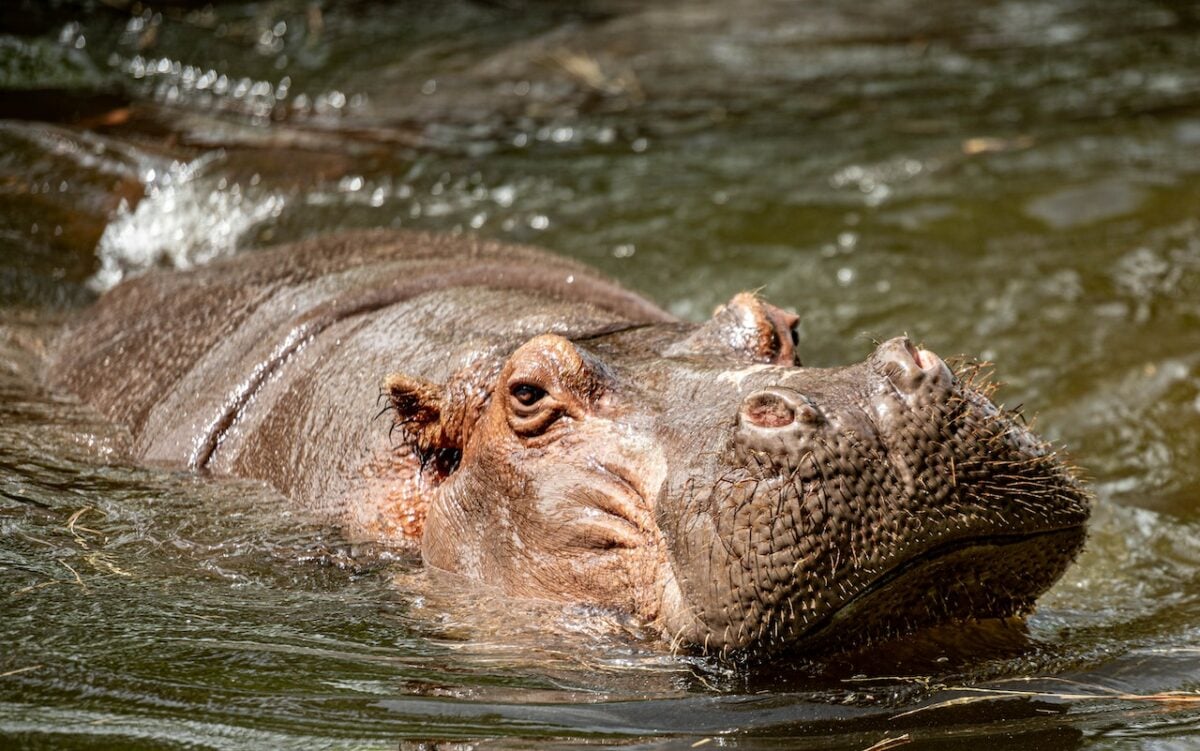
The hippopotamus, often called the “river horse,” is a semi-aquatic herbivore that can weigh as much as 4,000 pounds. Despite their considerable size, these animals are recognized for their exceptional strength and agility, making them a powerful force to be reckoned with.
Defensive Mechanisms and Aggression
Hippopotamuses can be highly aggressive, especially when their young ones are involved. These creatures have razor-sharp teeth and can deliver fatal bites that can even kill a lion. Additionally, they secrete a red fluid from their skin, giving them a sort of “blood sweat” camouflage that makes it difficult for predators to track them.
Mobility and Speed
Hippos may look slow and heavy but are actually quite agile on land. Despite weighing up to 4,000 pounds, they can run as fast as 30 miles per hour. In water, they’re even more impressive – they can swim at great speeds and hold their breath for up to five minutes, allowing them to escape danger quickly.
Vulnerabilities and Limitations
One of the most significant vulnerabilities is their susceptibility to heat stress, which can be fatal. Additionally, hippos have poor eyesight, which makes them vulnerable to sneak attacks from predators. However, they do have a keen sense of smell and hearing, which they rely on to detect danger.
Strengths and Weaknesses of the Elephant
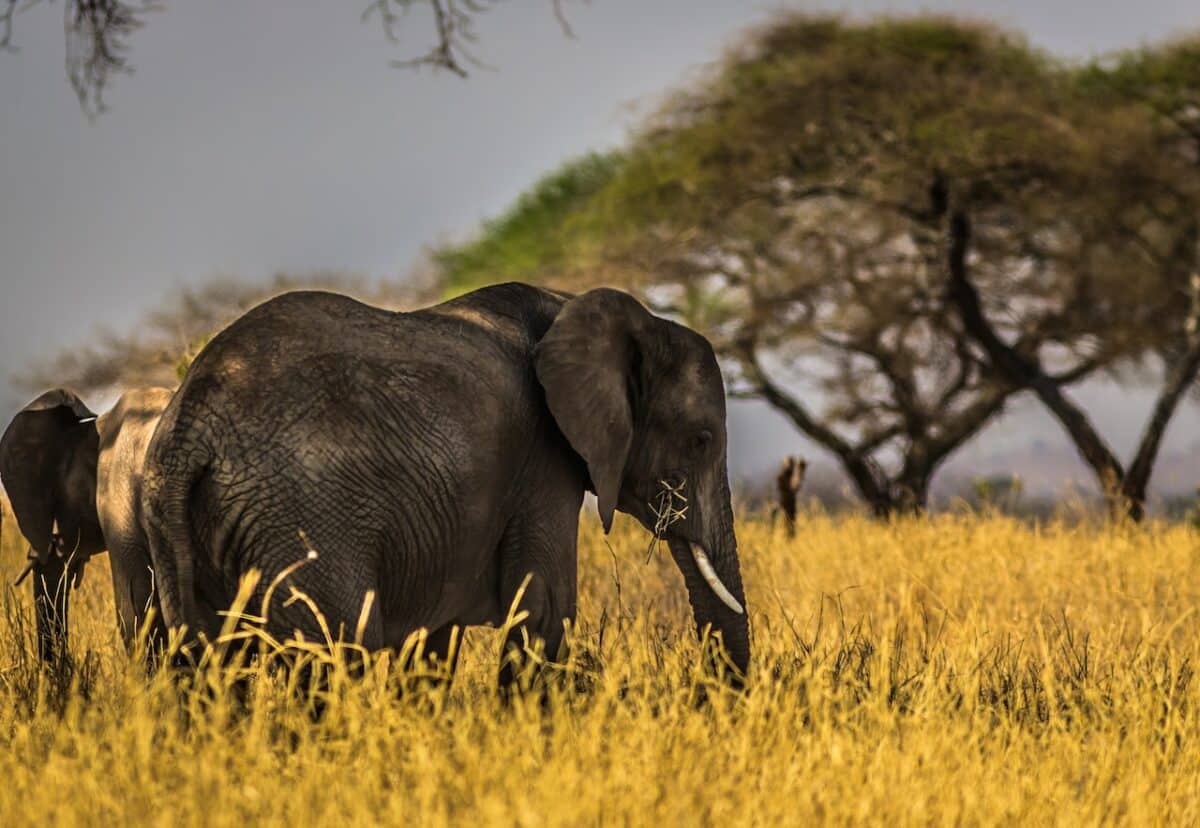
Elephants are among the most powerful animals on the African savanna, known for their immense size and strength. They are considered intelligent animals with a tough outer skin that can protect them from sharp objects. But along with their strengths, elephants have some weaknesses – just like we all do.
Defensive Mechanisms and Aggression
Elephants uniquely defend their families from predators and other threats. They use their massive size to intimidate predators. When attacked, they gather together to form a protective circle around their young.
Elephants may become aggressive when they feel threatened, and their charge can be deadly. They also use their long trunks to grab and throw objects at predators.
Mobility and Speed
Despite their large size, elephants are surprisingly mobile and agile animals. They can move at a speed of up to 25 miles per hour and can walk through dense forests without any difficulty. Elephants have a unique walking style that makes them look like they are swaying. They use their large feet to walk on the savanna’s hot ground and swim across rivers.
Vulnerabilities and Limitations
Despite their immense strength and power, elephants have some vulnerabilities and limitations. They are known to be sensitive to certain diseases and suffer from heat exhaustion in hot climates.
They also require a lot of water and have long gestation periods, and the survival of their offspring is not guaranteed. Additionally, humans have extensively hunted elephants for their ivory, which has led to a significant decrease in their population.
Hippo Vs. Elephant: Closing Thought
In the battle of Hippo vs. Elephant, both animals possess remarkable skills and features that would make them formidable contenders. While an elephant may have strength and intelligence, the hippopotamus is quick and agile and has a powerful bite that can crush even the strongest bones. Ultimately, there is no clear winner in a battle between the two.
Rather, each animal’s unique features are better suited for a different environment or situation. Both in their unique way, the hippopotamus and elephant reign supreme as two of Africa’s most magnificent and awe-inspiring creatures.
Thank you for reading this article on the hippos vs. elephant! If this has made you curious to known more about the majestic creature that is the elephant, read our post on the African Elephant.
- Magpie Bird Is Reunited with Her Dog Best Friend - April 24, 2024
- Dog Saves Another Dog From Drowning in Fish Pond - April 23, 2024
- Man On Motorbike Rescues Cat From Highway - April 23, 2024

